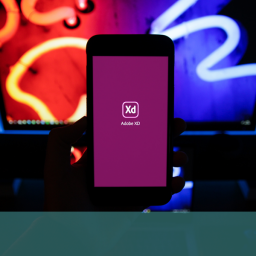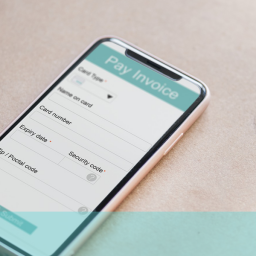
The role of the web designer has always been one of continuous change and development; and as the pace of technology increases and broadens so do the pressures and requirements of web design – and the demand for improved and more fulfilling user experiences.
Predictive design (also known as anticipatory design) is gaining popularity on the web and is becoming the development that is propelling online user experience to the next level in terms of usage and confidence in web commerce.
Elements of predictive user experience have been in use for some time; for example, sites that recommend or predict complementary products that you might be interested in based on your previous purchases or searches. Another example is programs that can, for example, track a holiday journey and recommend hotels, hire car companies etc. These are all based on a degree of predictive analysis.
So exactly what are the opportunities and how do you best design predictive user experiences?
The 3 Elements of Predictive Design
It can be useful to view the functioning of predictive design as an interaction between three elements; machine learning, UX design and the Internet of things. The manner in which these collect, absorb, analyse and use data is able to produce a predictive experience for the user. The internet of things gathers data from all sources attached to the internet, machine learning enables an application to store, categorise and interpret this data in a meaningful way in relation to the user and UX design brings the two together in a structured and usable format for customers.
Creating Anticipatory Design Applications
Some points to bear in mind when you are building anticipatory design applications are:
- Expectation: create an environment where the user knows roughly what is happening and what to expect to instil confidence and assurance in the process. The user experience will be more satisfying when they are reassured that the process is aligned with their needs and focused on getting results that are desirable and accurate for them.
- Explanation: explanation before the process begins and at strategic and important points throughout will help to keep the user engaged and on course and also aid them in navigating the system. Dead air or sudden actions that don’t appear consistent or productive will only serve to dissuade users and a small amount of constant reinforcement can pay dividends in terms of user experience and confidence.
- Algorithms: these can be very useful in the design process in terms of machine learning but can also produce impersonal and unimaginative results. Adapting the concept of Artificial Intelligence to produce a more personalised and responsive user experience is one of the challenges in creating positive predictive user experiences. Responsive algorithms is one possible solution to this major issue.
The competitive nature of the web and the proliferation of apps and services means that you need to keep an edge in UX design. If you would like to learn more about where anticipatory design is going why not ring us on +44(0)800 0246247 or email us at hello@ux247.comfor an initial discussion about the potential.


















[…] is different, it rethinks streaming services from a user centric point of view , predictive and predictive design user experience persective. Creating and predicting the needs and profiles of users for top SVOD OTT (Subscription […]